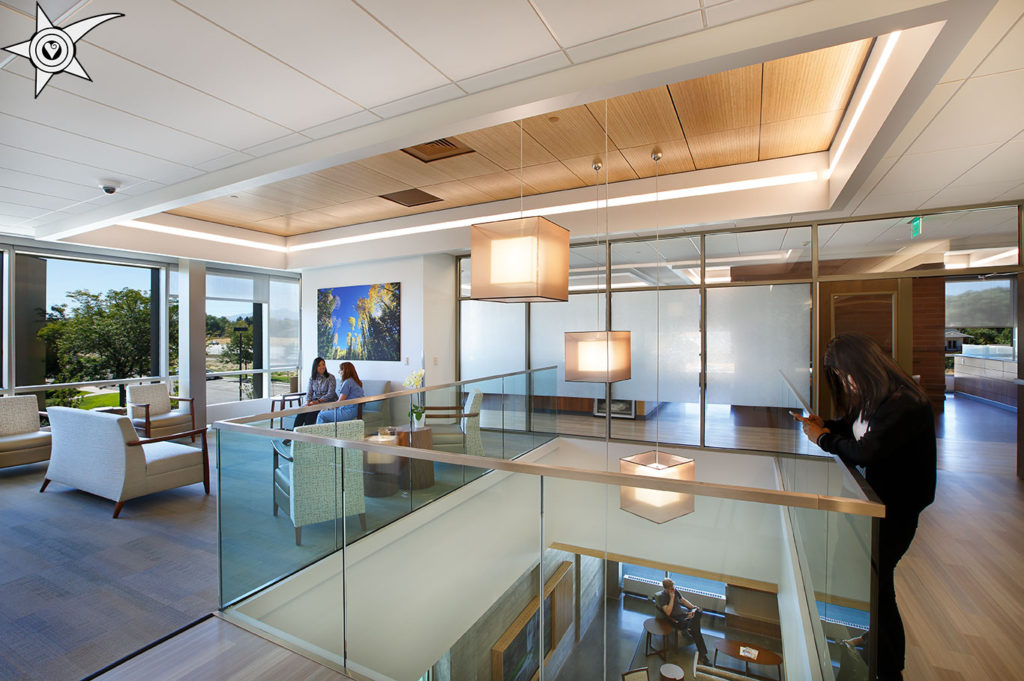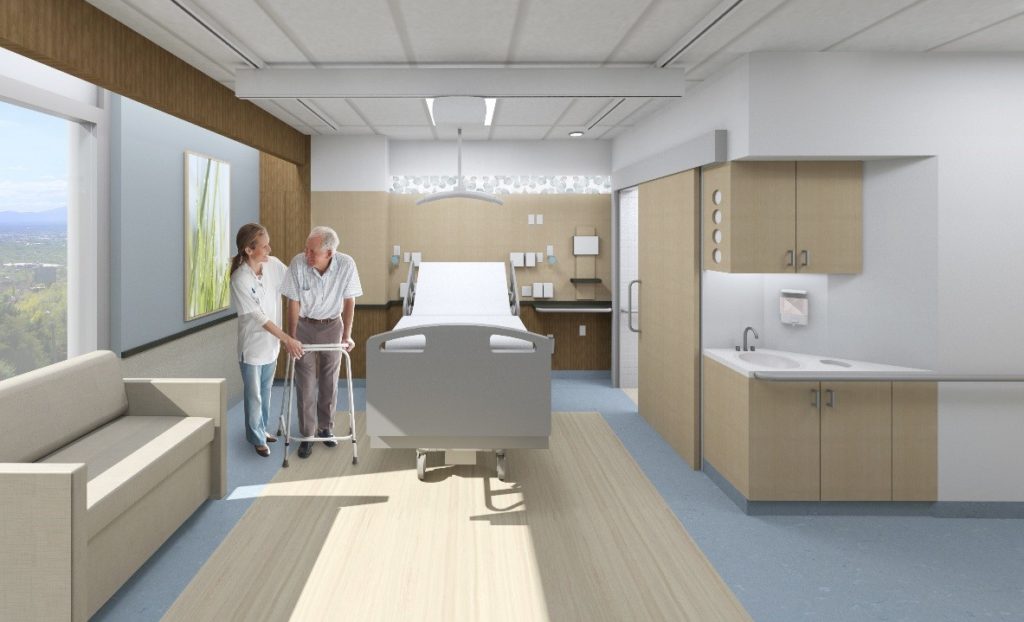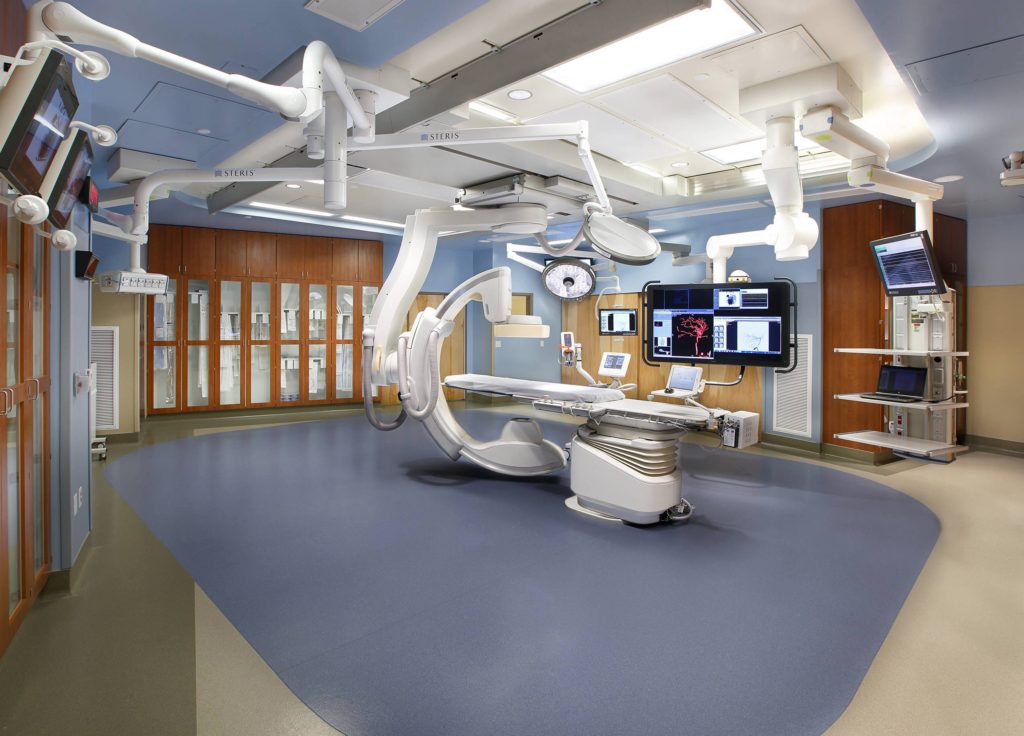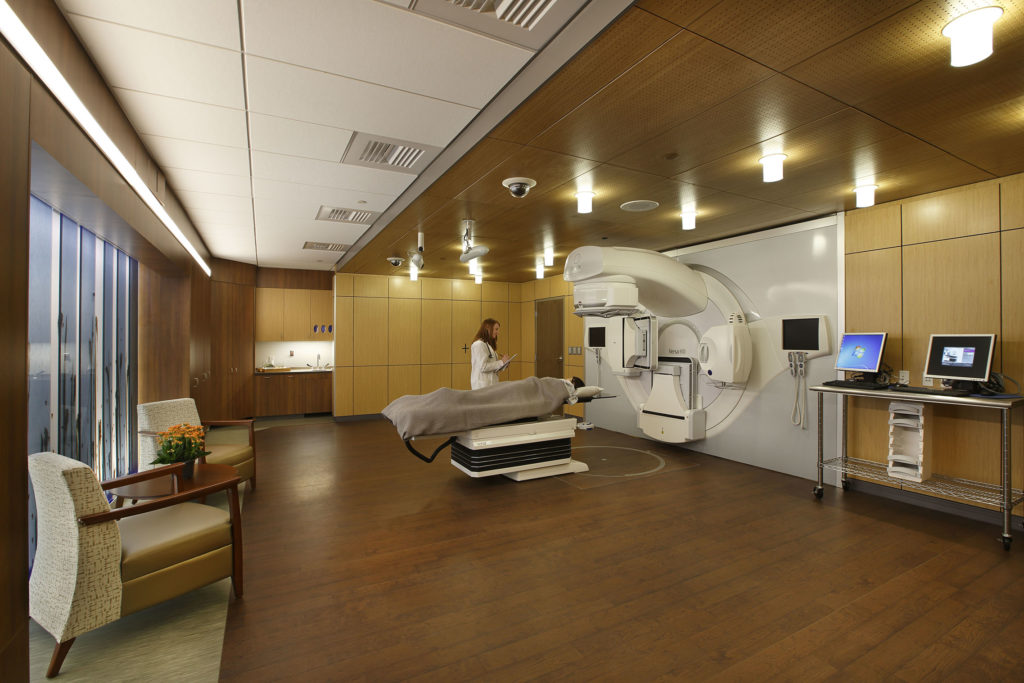Out with the Old, in with the New Healthcare Interior Design Trends
A stay in the hospital, even if just for a few hours or a short visit, is never an experience to look forward to. It was hard for anyone to imagine hospitals or medical facilities as friendly, sophisticated, attractive, and beautiful spaces until the past few years. There is an industry-wide movement that is pushing architects, designers and related decision makers to plan and design medical facilities with a patient- centric approach. The boring interiors, old-fashioned furnishings, and typical color combinations had never succeeded in creating a friendly impression for the patients or visitors. One trend that has been getting more traction into the healthcare design evolution is making the facilities feel more residential and hospitable. This design is more focused on patient customization and personal preference. Healthcare interior design needs to aim toward a healing approach and relaxation, which helps reduce stress levels for patients and visitors.


Jordan Valley Cancer Center – 2nd Floor Waiting
Color influences. Colors are a major contributor to a space and can influence mood and behavior. Many healthcare facilities have moved from monotonous color palettes to more vibrant, refreshing and warm palettes. Using neutral and refreshing hues brings a feeling of comfort to patient rooms. Including some pops of color and contemporary patterns adds energy to the environment. A brighter color can also act as branding for the facility.


University of Utah Hospital – Universal Patient Room of the Future
Lighting & Technology. Lighting design can play a very important role in human health. Research shows that the human body and brain respond to natural light in a positive way, and the use of natural light has gained incomparable attention recently. Modern lighting technologies have been introduced to help negate the unhealthy effects of artificial lighting and focus on high performance, energy efficiency, longer bulb life and low maintenance. A well-designed system can lead to reductions in medical errors, stress, depression, pain and length of stay, as well as aid in a good night’s sleep.


Mckay Dee Hospital – Hybrid OR
Nature’s Cue. Many studies show improved health and well-being when connecting with nature. It makes sense for the interior design to include and emulate aspects of nature. The trend is to create connections to nature by using natural light, pleasant exterior views, natural element finishes, natural or organic shades, patterns, and graphics, and beautiful works of art. “It is not about the color of one lake or a single stone outcropping, but a general representation of regional elements. The goal is to capture a range of colors, tones, textures and shapes—in the variety of natural elements that represent the community. When done properly, the human mind, body and spirit instinctively respond in a positive way.” – Sheila Semrou AAHID, ASID


Jordan Valley Cancer Center – Radiation Treatment Room
The healthcare design industry and TSA Architects are making extra efforts to be more innovative and create environments that encourage healing in the most positive way possible. With the knowledge we are equipped with, we believe we can make space for the human spirit in the healthcare industry.


— Contributed by Stephanie Kwok, Interior Designer
